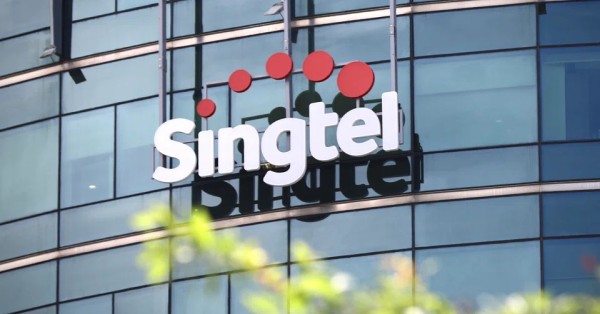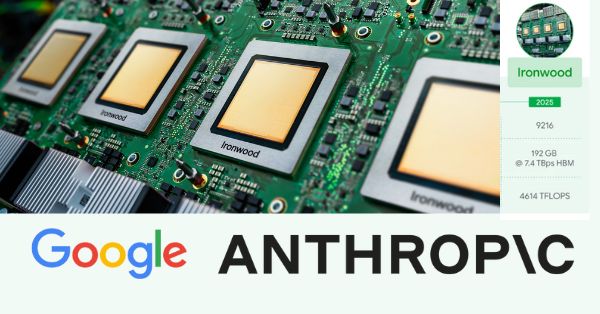Question:
As more ports and logistics hubs look at private 5G, what are the key lessons learned from the Freeport of Riga deployment that others should keep in mind?
Karlis Vilciņš (Head of Systems Integration Business, LMT):
One of the biggest lessons learned is related to devices — specifically, device compatibility with 5G standalone (SA) networks.
This remains a major challenge. Not every device that you would like to use is fully compatible or certified to work on private 5G standalone networks, especially in smaller markets. Many large device manufacturers have not yet enabled standalone mode support in their software for all models, which creates limitations.
Because of this, you must test extensively — try different devices, evaluate their performance, and determine which ones operate reliably in your environment. You don’t want to implement a production-grade system using devices that rely on test firmware or experimental code.
Our approach has always been to ensure a real production environment with fully functional devices. That means carefully selecting, testing, and validating hardware, and working closely with trusted partners.
We invested significant time in this process and continue to do so — constantly testing and identifying which devices perform best in 5G private networks operating in standalone mode.

























































